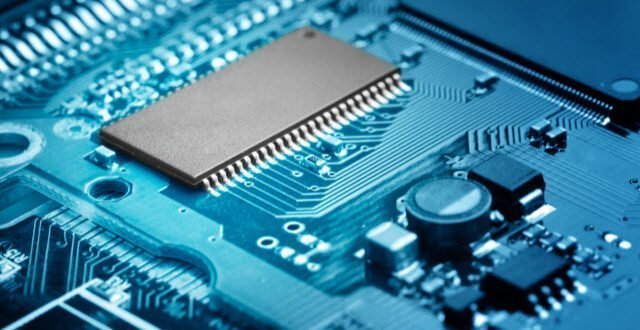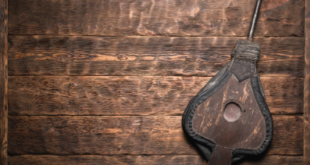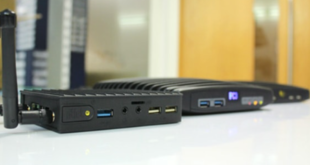PCB prototyping is a great way to test a new product before investing in production. It offers many benefits, including reduced cost, time, and quality. Learn more about PCB prototyping below! Printed circuit boards can be produced with leaded soldering processes and other materials, which may not be RoHS-compliant. Also, prototype boards can use wider parts, which may aid in testing. Some PCB prototypes even have specific testing options.
Printed circuit board prototypes
The creation of a printed circuit board prototype is a critical step in the design process. It helps you spot design flaws early on and identify solutions quickly. It can also serve as a proof of concept or a tool to show potential buyers the final product. Printed circuit board prototypes are not only helpful to designers but also to manufacturers. Here are some reasons why you should have a prototype printed circuit board built.
PCB prototypes are commonly used in both consumer and industrial electronics. They provide solid pre-production proof of concept, which ensures that the circuit design will work as planned. A prototype PCB is a simplified version of the finished production board and often has fewer advanced features. As such, it is essential that the prototype PCB is of high quality and is an accurate representation of the final circuit design. In addition, it should have the same basic layout as the production run.
Cost of PCB prototyping
PCB prototyping costs vary widely. They will be much higher for larger production runs or more complex boards, as well as for smaller prototypes. You can find quotes at Cad Crowd.com or in your local directory by entering your specifications. To get an idea of the cost of PCB prototyping, you can use a PCB design calculator. However, this is only for rough estimates. It is important to remember that the more complicated the board, the more expensive it will be.
In the end, PCB prototyping costs depend on a number of factors, including the type of product and the complexity of the PCB layout. For example, if your project involves many complex components, it will take more time to design them. On the other hand, simple patterns will be easier to produce. Therefore, it is essential to understand what your needs are before deciding on PCB prototyping costs.
Quality of PCB prototypes
Prototypes are extremely valuable in the design process. They allow designers to test individual functions or PCBs before final production. Moreover, they enable them to catch bugs in early stages and avoid rework. Prototypes are also essential in the manufacturing process, as they help the designer to determine if a design is feasible or not. The final product’s quality can also be improved with these prototypes.
The functional prototype is the closest to the final product, though there may be some basic material differences. In this process, engineers work their way down the list of specifications, starting from the top. The IMS PCB contains 1-4 layers and can be made from copper, aluminum, or ceramic bases. There are also other advanced substrates available, including Dupont, Panasonic, and Rogers. The process of making a PCB prototype is complex and requires specialized knowledge.
 Time News Global Business, Technology, Entrepreneurship News
Time News Global Business, Technology, Entrepreneurship News




